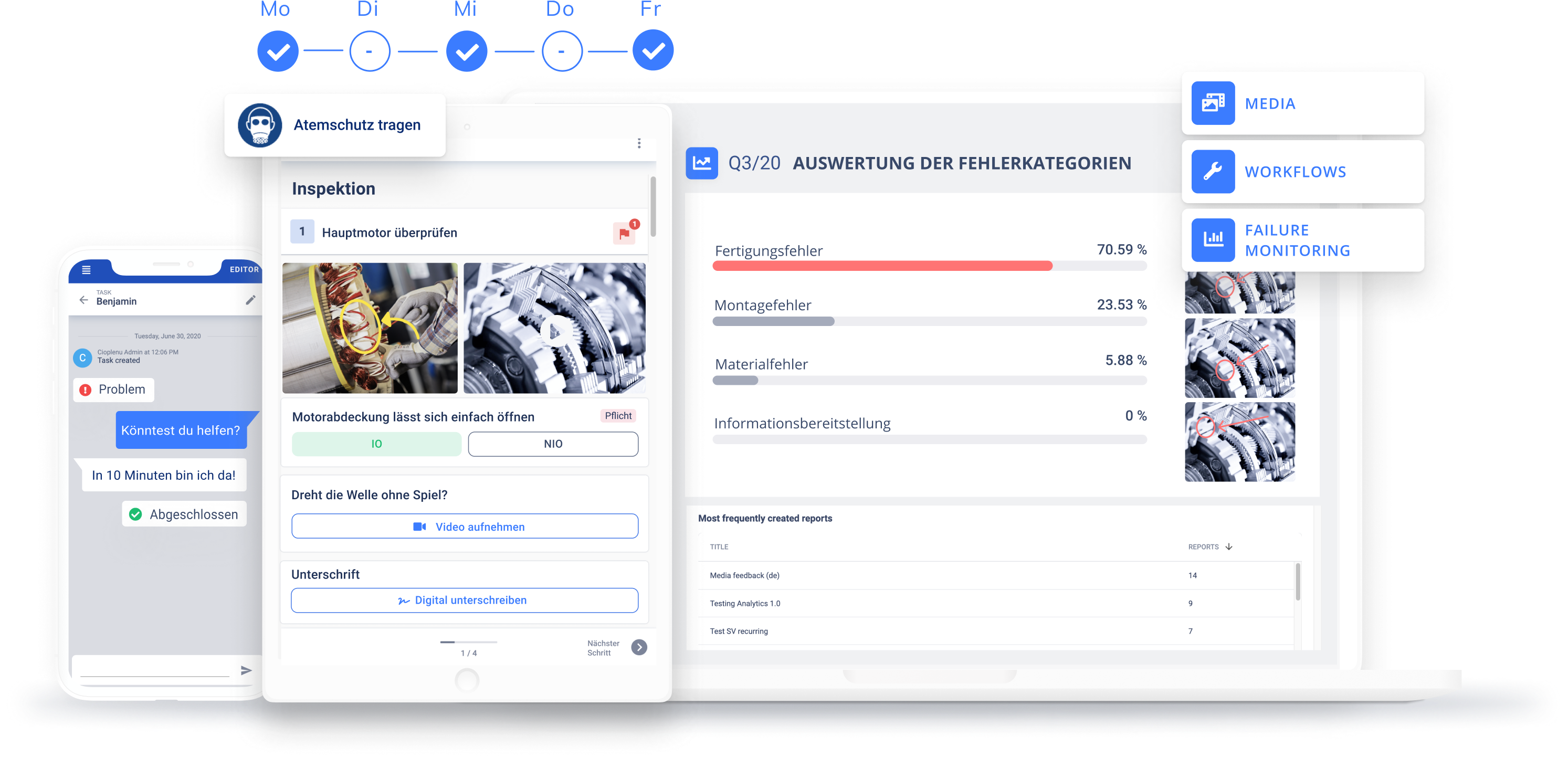What is the 5S method?
The 5S method is a procedure for improving the workplace and a basic method of lean management. The aim of the method is to create an optimal working environment in order to work efficiently. The 5S stand for: Seiri (sorting), Seiton (systematizing), Seiso (cleaning), Seiketsu (standardizing) and Shitsuke (self-discipline).
How did 5S come into being?
The 5S method originated in Japan and was first introduced in the 1990s. It is part of Lean Management, which evolved from the Toyota Production System (TPS). Since then, the 5S method has become a widespread practice. For example, the 5S method is used in manufacturing to increase the quality and efficiency of processes.
What are the five steps of the 5S method?
The five steps of the 5S method are: Seiri (sort), Seiton (set in order), Seiso (shine), Seiketsu (standardize), and Shitsuke (sustain).
Seiri (Sort) Unnecessary tools and materials are identified and sorted out. This makes the workplace more organized and creates more space for needed work materials.
Seiton (Set in order) A system for arranging the required work materials is introduced. Required tools and materials are arranged so that they can be accessed quickly and easily. The frequency of use as well as the order of use of the materials is taken into account.
Seiso (Shine) One's own workplace and work utensils are cleaned. The cleaning of the work equipment also serves to identify deficiencies as well as. Thus, a safe and hygienic working environment is created.
Seiketsu (Standardize) All workplaces are standardized. For example, uniform markings and labels are used for work materials. The aim is to create standards that create an optimal working environment and make it easier to change workplaces.
Shitsuke (Sustain) Compliance with the above rules is to become a habit. Likewise, the rules are to be constantly reviewed and improved in order to achieve the best possible benefit.
Discover 5S checklists in action
Discover the functions of Operations1 in an interactive product tour and get to know our platform.

What are the advantages of the 5S method?
The 5S method is used to create a clean and organized work environment. By sorting, systematizing and cleaning work materials and work areas, employees can work more efficiently and increase their productivity. Optimized workplaces reduce waste, such as wasting work time searching for appropriate work materials.
What are the disadvantages of the 5S method?
Implementing the 5S method usually involves a certain amount of time and money. It requires time and investment to make the changes and ensure that the steps are implemented successfully. Furthermore, the application of 5S can also lead to excessive standardization, which could limit the creativity of employees.